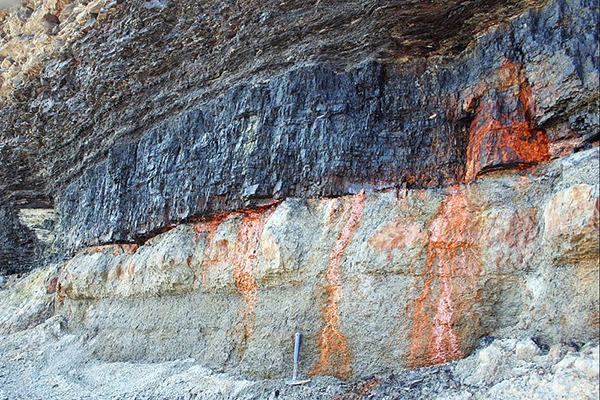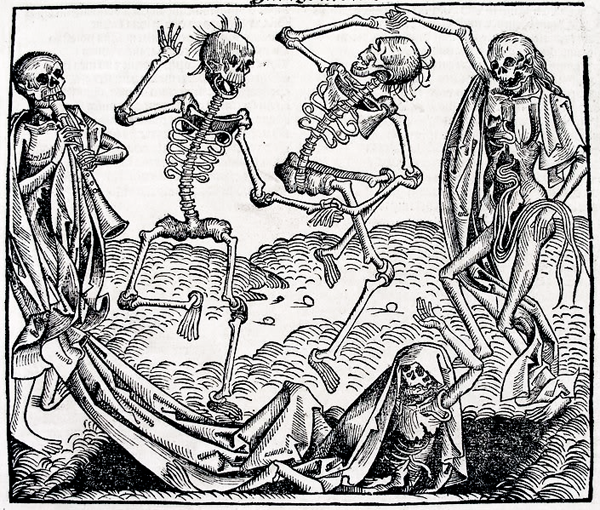The technological energy of Medieval engineers led to a huge consumption of wood. Water wheels were made of wood. Windmills took even more wood. Medieval cathedral building was glorious, but it too needed wood. Those cathedrals may have been made of stone, but the construction forms and the insides were wood. Cords of wood were needed for smelting. Eight cubic feet of wood were needed to smelt just one pound of iron. Europe underwent devastating deforestation in the 11th and 12th centuries.
As Europe consumed its forests, Europeans faced shortages, not only of building material, but of the fuel they used for heating, cooking, fulling, smelting, and much more. All this creative energy had brought a terrible energy crisis down upon northern Europe. Wood was becoming too precious to use as a fuel. What to do?
The eleventh-hour solution was Coal! Coal found its way into the European economy in the 13th century. Isolated reports tell of coal-burning by the ancients — but they really were isolated. Marco Polo was surprised by Chinese coal-burning in the late 1200s. But he'd have been just as surprised if he'd traveled to Northern Europe and England. By the time Marco Polo went to China, the English were using coal for smithing, brewing, dyeing, and smelting. They'd even started exporting some of it to France.
Wood was, at first, replaced by mineral-coal (often called sea-coal because the more obvious outcroppings were found on the coast). By far, the largest sea-coal deposits were English ones. Remember the saying, ...like bringing coals to Newcastle? It seems that Newcastle, in particular, was surrounded by huge fields of sea-coal. Coal was mined in open cuts, thirty feet deep. Newcastle was soon girdled by a dangerous maze of water-filled trenches.

Sea-coal outcropping in Nova Scotia. [Photo by M. C. Rygel, courtesy of Wikimedia Commons.]
Sea coal was filthy stuff, loaded with bitumen and sulfur. It created environmental problems from the start. An anonymous 14th century balladeer vented his anger at its use:
Swart smutted smiths, smattered with smoke,
Drive me to death with din of their dints; ººº
The crooked caitiffs cryen after col! col!
And blowen their bellows that all their brain bursteth.
No matter. The medieval population explosion drove people to use this foul fossil fuel anyway. For a century, medieval environmentalists fought with medieval industrialists over its use. But an energy crisis had been averted and the dizzying joy of energy consumption spun on.
Of course the Church-driven, high-technology, medieval world eventually reached its limit. With prosperity came over-population. Europe began suffering famines in the late 13th century. Then, in 1347, the plague, Yersinia pestis, swept out of Asia into a weakened Europe. Rats carried the disease off ships in Genoa. In just four years it killed a third or so of the people in Europe. From the first famines in 1290 until the plague pandemic began receding in 1430, Europe lost over half its people. And that was after it'd devastated the Orient. The Black Death was the greatest calamity our species ever suffered. At least so far.

Dance of Death, Michael Wolgemut, Hartman Schedel, Chronicle of the World (Nuremberg, 1493)
Sources
Much has been written on the bubonic plague in the 14th and 15th centuries. See, for example: Gottfried, R.S., The Black Death: Natural and Human Disaster in Medieval Europe. New York: The Free Press, 1983.
For more on the introduction of coal to Europe, and for the ballad text above, see: J. Gimpel, The Medieval Machine. (New York: Penguin Books, 1976).